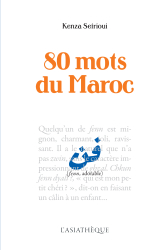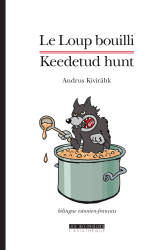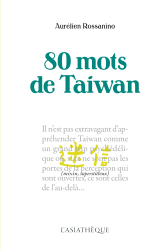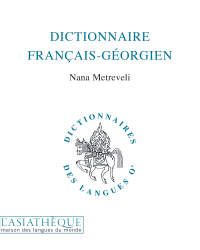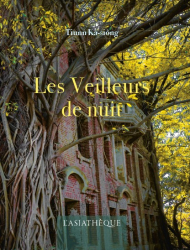Details
Format: Paperback
ISBN: 9782360572946
Collection: Empreintes chinoises
16 x 24 cm
Weight: 254 gr
Pages: 152
First publication: 19/05/2021
CLIL: 3633
Nuit de lune et de fleurs sur le fleuve printanier
Analyse formelle de l'oeuvre poétique d'un auteur des Tang : Zhang Ruo-Xu
François Cheng's initial work
In his Introduction, François Cheng reviews the history of this text, a study report written as part of the Practical School of Higher Studies, which later became École des Hautes social science studies: "Published half a century ago, this study brief could be qualified, without any pretension, of "historical object". It is indeed in this form artisanal that it was first subjected to reading by Barthes, Kristeva, Lacan, and then French and foreign sinologists. Reposting it today in facsimile is a way of it to restore the freshness of an irrepressible momentum, at the dawn of the semiotic research initiated then in France. "And he continues:" The original title of the text is Analyze formelle de l'oeuvre poétique from a Tang author: Zhang Ruo-xu. Of this poet of the 7th century, we do not know, in reality, only one poem, the famous "Night of moon and flowers on the spring river", comprising thirty-six verses. " For this facsimile reissue where the calligraphies of Hsiung Ping-ming were also preserved, François Cheng chose to give the work the very title of the poem.
CONTRIBUTORS' BIOGRAPHIES
François Cheng
François Cheng was born in 1929 in Nanchang, in the province of Jiangxi. He is a writer, poet and Chinese calligrapher, naturalized French in 1971, member of Académie française since 2002. He is the author of numerous translations of Chinese poets into French and of French poets into Chinese, essays and monographs on Chinese art, Chinese thought and aesthetics, collections of poetry and novels.
TABLE OF CONTENTS
Introduction et nouvelle traduction du poème de Zhang Ruo-xu
Premier chapitre : Printemps – Fleuve – Fleurs – Lune – Nuit
Section I ----- Commentaire philologique
Sections II ----- Étude de la forme
Section III ----- Étude du contenu
Deuxième chapitre : Femme rêvant au retour de son bien-aimé
Section I ----- Commentaire philologique
Section II ----- Étude de la forme
Section III ----- Étude du contenu
Conclusion
Section I ----- La forme
Section II ----- Le genre
Section III ----- L’image


